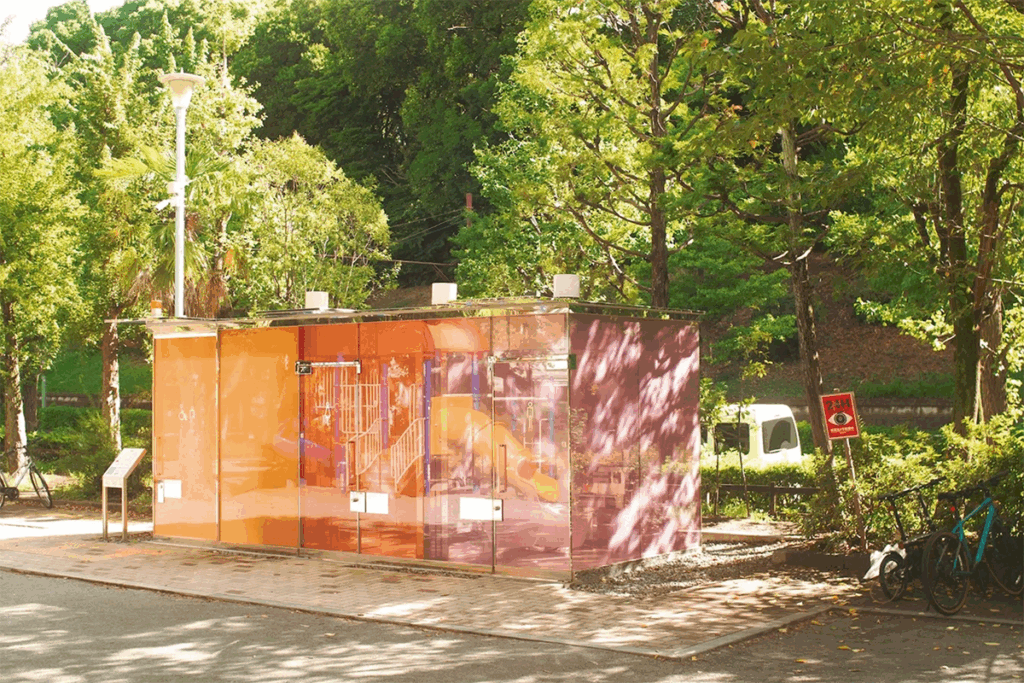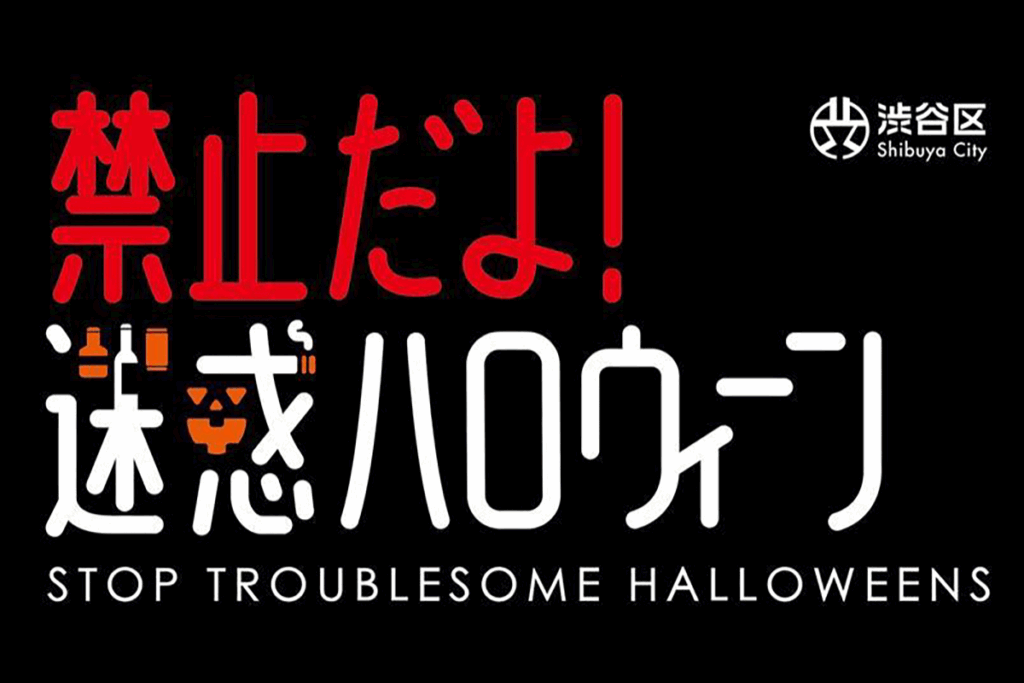Shibuya Showcases Toilets, Arts, Culture to Combat Rowdy Tourists Scrambling to Hachiko
As record numbers of tourists flock to Japan, Shibuya Mayor Ken Hasebe says his turf offers much more than well-known spots, “It’s full of hidden gems waiting to be discovered” he told media on September 30.
Hasebe spoke after complaints that mostly overseas tourists are causing congestion, danger, offence and nuisance by illegally drinking alcohol in public, littering and blocking streets and other accesses with suitcases and group gatherings.
Hasebe has been the mayor of Shibuya since April 2015 and is known for his progressive work on LGBTQ+ rights, including establishing the partnership certificate system for same-sex couples, and for his efforts to manage safety and public order during events such as Halloween. He also founded the Green Bird NPO which conducts street cleaning activities in partnership with local communities.
“When people think of Shibuya, iconic landmarks such as the Scramble Crossing and the Hachiko statue often come to mind. However, Shibuya offers much more than these well-known spots,” Hasebe said. “Many international visitors tend to view Shibuya solely through its famous attractions, which unfortunately contributes to overcrowding that can sometimes become dangerously congested.”

Through a four-hour tour, he aimed to introduce GoConnect readers to the multifaceted charm of Shibuya and encourage visitors to explore new destinations within the area. The tour highlighted two key themes: the ongoing large-scale redevelopment around Shibuya Station and the lesser-known attractions that showcase Shibuya’s unique appeal.
“Shibuya is a city of contrasts—home to art, traditional culture, and vibrant nightlife. It continues to attract attention both domestically and internationally as a next-generation urban hub. On special occasions such as Halloween and New Year’s countdowns, people from around the world gather here.”
To ensure safe and enjoyable exploration, Shibuya is undergoing redevelopment to improve accessibility and disperse foot traffic. Hasebe’s PR team showcased the evolving cityscape, cultural landmarks and emerging nightlife destinations.
“As Shibuya grows as a captivating city, we also remain committed to addressing overtourism. We hope this tour helps journalists understand our efforts to balance growth with safety and comfort. By sharing Shibuya’s diverse attractions with the world, we aim to encourage more distributed visitor behavior and enhance the overall experience,” he said.

Around Shibuya Station, a once-in-a-century redevelopment is underway in collaboration with various stakeholders. This area features a complex network of intersecting rail lines and commercial buildings. Its basin-like topography has posed challenges, including vulnerability to heavy rain and earthquakes.
To address these and other issues, authorities are reorganizing public spaces and pedestrian pathways to improve convenience and disaster resilience. The redevelopment is progressing in phases, with full completion expected by March 2035.
Two key features of the redevelopment are:
- Urban Core—A vertical pedestrian network connecting underground and deck levels via elevators and escalators. This helps overcome elevation differences caused by the terrain and is already being implemented in facilities connected to Shibuya Station.
- Skyway—An elevated deck system still under construction that will allow people to move around the station area from above, improving circulation and reducing congestion during events such as Halloween and New Year’s countdowns.

We were given special access to both spaces and the new perspectives they offer.
Shibuya is a cultural crossroads, Hasebe told us, adding that while known for its modern cityscape, it also offers traditional Japanese experiences. For example, Meiji Shrine, the historic Asakura Residence (a designated Important Cultural Property), and the National Noh Theatre are all within a 15-minute drive from Shibuya Station.
Nabeshima Shoto Park is a walkable destination from the station that retains traces of its samurai-era heritage. The park features one of the toilets from the “The Tokyo Toilet Project,” which gained attention in the film Perfect Days directed by Wim Wenders and starring Koji Yakusho.

The nearby Shoto Museum of Art is another recommended spot. Designed by renowned architect Seiichi Shirai, the building’s elegant exterior offers a stark contrast to the bustling station area.
Shibuya is also home to Theatre Orb near the station and the New National Theatre in Hatagaya. “Visitors can enjoy a wide range of performing arts including drama, opera and ballet.”
As a longtime birthplace of new trends, Shibuya launched Kawaii culture globally after its start in Harajuku. Shibuya remains a cultural hub, serving as a center for nightlife alongside Shinjuku and Roppongi.
“Since the easing of covid restrictions, international visitors have returned in greater numbers, bringing renewed vibrancy,” Hasebe said. “While Shibuya is often seen as a ‘young people’s town’ or ‘club town,’ it’s much more than that. Areas such as Hyakkendana offer a blend of old streets and new culture. Authentic music and dining experiences abound.”
“There’s still so much more to share about Shibuya. With inbound tourism recovering, managing congestion and overtourism is more important than ever. Outside of peak events such as Halloween and New Year’s, Shibuya welcomes visitors year-round. During Halloween, we ask everyone to follow the rules and enjoy safely. ‘Troublesome Halloween’ behavior is prohibited—even seemingly harmless actions such as taking photos in costume on the street or leaving trash temporarily can lead to crowding and accidents.”

For years, Shibuya City has worked with police, public transport and local communities to ensure safety during Halloween and New Year’s countdowns. Awareness has grown through these efforts, and with increased visitors this year, he said, media cooperation is especially vital.
Hasebe left us with a heartfelt plea to share with visitors, “Shibuya is also home to everyday residents. Please avoid dangerous behavior and enjoy the city respectfully. We aim to shift the image of Shibuya from a ‘crowded and noisy’ place to one that is ‘appreciated and explored.’ We want all visitors to enjoy a safe and welcoming environment.”

